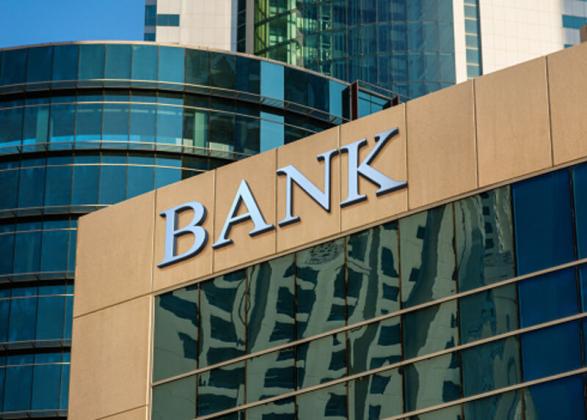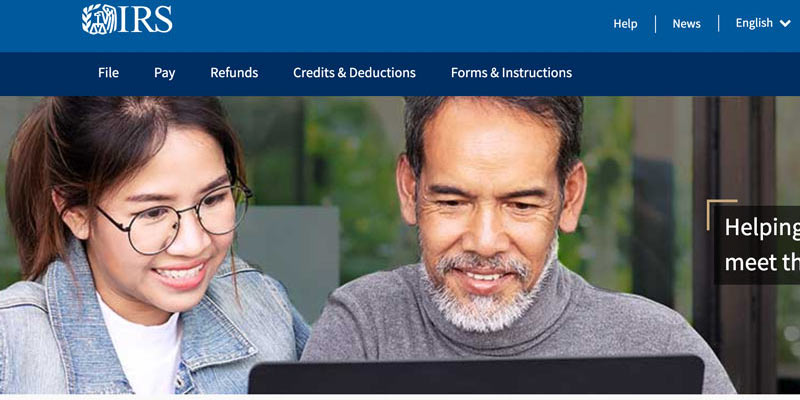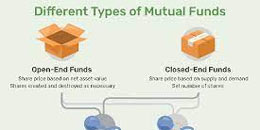
Have you ever wondered how banks make loans without using your money? It can be hard to wrap your head around because it doesn't seem possible, but banks combine their deposits and borrow from other sources to create new loans. That's right - not only do banks not need your money to loan out funds, but they also don't require collateral or even creditworthiness before approving an individual for a loan. Now let's explore exactly how this process works and some fundamental principles behind making these loans while ensuring their customers' assets are secure!
Overview of banks making loans without customer money
The primary way banks make loans without your money is by borrowing funds from other sources and using this as the basis for their new loan. This process is known as "borrowing to lend" and involves banks taking out debt from other financial institutions, such as the Federal Reserve, before issuing new loans to their customers.
The bank will then use this borrowed money to create a loan approved for an individual or business. Banks may also use deposits from existing customers to supplement this lending, but it's only sometimes necessary.
How do banks create money through fractional reserve banking?

Another way that banks can loan money without your money is through a process known as "fractional reserve banking." This system allows banks to lend out more money than they have on deposit while ensuring they have enough funds in case their customers need to withdraw them. Under this system, the money the bank can lend out is determined by the fraction it has set aside for reserves.
For example, if a bank has a 10% reserve requirement, it could loan out up to 90% of its total deposits at any given time.
This means that even though the bank may not have your specific deposit on hand when issuing new loans, they still have other customers' deposits that are eligible for use.
Therefore, without needing your money, banks can still issue loans and create more money for their customers.
Process of lending and borrowing from other banks
When a bank wants to extend loans without customer deposits, they turn to other financial institutions or banks to borrow the necessary funds. This process is known as interbank lending and involves the lender (the bank issuing the loan) and the borrower (the bank receiving it).
The lender will typically charge higher interest rates on these types of loans since there isn't any collateral involved, but this still provides them with an additional source of income. Then, after the loan has been approved and issued by the lender, the borrower can use that money to make their loans.
Why is this system beneficial to both customers and lenders?
This system of banks making loans without your money benefits both customers and lenders. It allows individuals to access the funds they need without worrying about collateral or creditworthiness while also allowing banks to generate additional income from the interest earned on these loans.
It also helps create a more secure financial system since banks can borrow from other institutions to make their loans. This reduces the risk of providing too many loans with limited funds, as well as reducing potential losses due to defaults.
Risks associated with this type of loan-making system

Although this system of banks making loans without your money can be beneficial, some risks are still associated with it. For example, if the borrower defaults on their loan or if interest rates increase rapidly, then the lender may be unable to recoup their losses since they have no collateral backing up the loan.
It's also important to note that this type of lending is more likely to occur during financial instability, which could lead to a liquidity crisis as banks scramble to pay back their debts. Therefore, lenders and borrowers need to understand the potential risks before entering such an arrangement.
What do You need To Know About Banking Practices?
Banks can make loans without your money, but it's essential to understand the risks associated with this type of loan-making system. Banks use fractional reserve banking, interbank lending, and other methods to generate additional income while ensuring they have enough funds available for customers needing them.
These practices can be beneficial for both lenders and borrowers as long as they are aware of the potential risks involved. Customers should also take steps to protect themselves by understanding what their rights are when dealing with banks and financial institutions. Doing so can help ensure that you get a fair deal and that your money is protected.
Conclusion
In conclusion, banks can make loans without your money using fractional reserve banking, interbank lending, and other methods. This type of loan-making system can benefit lenders and borrowers as it helps create a more secure financial system by reducing the risk of providing too many loans with limited funds.
FAQs
Q1: What is interbank lending?
A1: Interbank lending is the process of one bank issuing a loan to another. The lender typically charges higher interest rates on these types of loans since there isn't any collateral involved, but this still provides them with an additional source of income.
Q2: What are the risks associated with this type of loan-making system?
A2: There are several risks associated with this type of loan-making system, such as the potential for defaults and interest rate increases that could lead to losses for the lender. It's also important to note that interbank lending is more likely to occur during financial instability, which could lead to a liquidity crisis.











